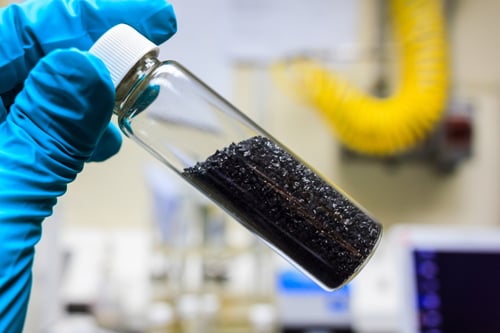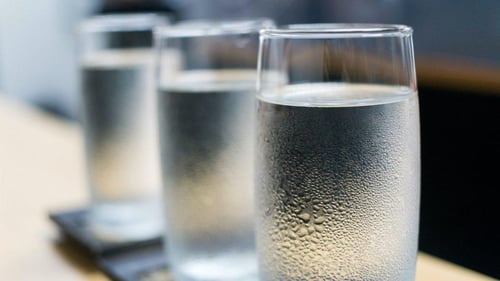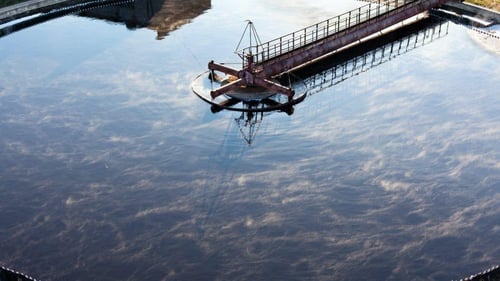Tap water in Finland is potable and of the highest quality. However, it should not be taken for granted – maintaining its cleanness level requires constant development work and new innovations. One of the most significant water treatment innovations is utilising activated carbon in the water treatment process. Activated carbon can be manufactured from different raw materials, such as coal, coconut shells and tree bark. The qualities of the raw materials differ from one another, which is why activated carbon products manufactured from different raw materials are suitable for different applications and streams.
In addition to purifying drinking water, activated carbon is used to purify gas currents as well as in wastewater purification due to its ability to remove impurities and chemicals. It is also suitable for removing pharmaceutical residues and other micropollutants.


How does activated carbon work?
The efficiency of activated carbon when used in filtration is based on the porous texture of carbon. Before use, the carbon is heated up to around 950°C, which helps remove most of its impurities. The thus achieved clean and porous virgin carbon is then installed to an activated carbon filter that adsorbs impurities from the desired gas or water flow and helps produce an even cleaner final product. When the activated carbon has been in use for long enough, the spent carbon does not filtrate and clean the flow as efficiently anymore. Now, the activated carbon can be replaced with new virgin carbon or be reactivated. With the help of reactivation, the same activated carbon can be recycled and reused, which also helps save natural resources.
The reactivation process of activated carbon
For the reactivation process, the spent activated carbon is first emptied from the activated carbon filter. The emptying can be done manually, but the process can be made more efficient with the help of professionals and suitable equipment, such as tank trucks or hydro-ejectors. The spent carbon is then transported to our partner to be reactivated. During the reactivation process, the activated carbon is reheated to around 950°C to remove impurities from the pores.
Using and reactivating the carbon creates a loss of carbon due to three main reasons. Firstly, the carbon particles wear out gradually during filtration use and washing of the filter. Secondly, some of the carbon’s smaller particles burn off during the reactivation process. Lastly, the reactivated carbon is sifted to achieve the desired particle size, thus leaving out the smallest particles which can then be used for other applications.
What is noteworthy is that when the carbon has been used and it is reactivated, its qualities and adsorptive capacity are not always restored to the required level. For that reason, the loss of carbon created by the reactivation process is replaced by virgin carbon, so that the reactivated product meets the requirements set by the customer and the law.

Why should you choose reactivating?
Reactivating activated carbon has multiple advantages for both the customer and the environment. Studies have shown that reactivating carbon creates six times less carbon dioxide emissions than manufacturing and using new virgin carbon. Reactivating carbon and using replacement carbon help reach the activated carbon’s required qualities in a cost‑efficient and environmentally friendly way. If the customer so desires, the reactivated carbon can, with the help of tank trucks, be reinstalled into the activated carbon filters, which makes the installation process quicker, improves occupational safety and helps save the customer’s resources. At Haarla, we constantly focus on improving our services to meet and exceed our customers’ needs and expectations.